INTERVIEW CONTINUED FROM PREVIOUS PAGE
What do you look for when you’re hiring somebody to work behind your bar?
That is a process, and we’re still defining that, but when it comes down to it, someone who’s energetic and can show some passion. If it’s not passion for coffee during the interview, as long as there’s interest, that’s good, but as long as they can show passion for something, channel that into coffee if they have an interest and willingness to do that. It’s hard sometimes finding good coffee help of our stature, on our end of the market, because we attract a lot of coffee geeks, people who have worked their way up in places that are similar to ours, and they have a very specific way that they think they should do business. That’s harder to retrain than it is to start from scratch.
How often does Friendo Blendo [espresso blend] change?
Probably about every month, and at least every two months.
Is there anything that it has to have?
The same profile is what we shoot for. There isn’t anything, because to be a true seasonal roaster, we have to change, so maybe seven months out of the year it will be Guatemala base, the other five months of the year, it will be Colombia base. Sometimes we’ll find a better coffee for each coffee in that blend, and figure out how to get that same profile, or similar.
What’s the flavor profile you’re looking for?
We’re looking for syrupy maple sweetness, and a nice stone fruit acidity. If we can, which we don’t always have, a little bit of spice. Always clean, always articulate, balanced.
What year is the Probat?
’57. You didn’t see this, but the Four Barrel namesake. [points to four barrel coffee roaster] We use that almost every day.
To sample roast?
Yeah. And it’s the oldest sample roaster I know of that’s still in use. It’s from the late 1800s. Obviously the gauge, which is custom, on top, and all new modifications. I love that thing.
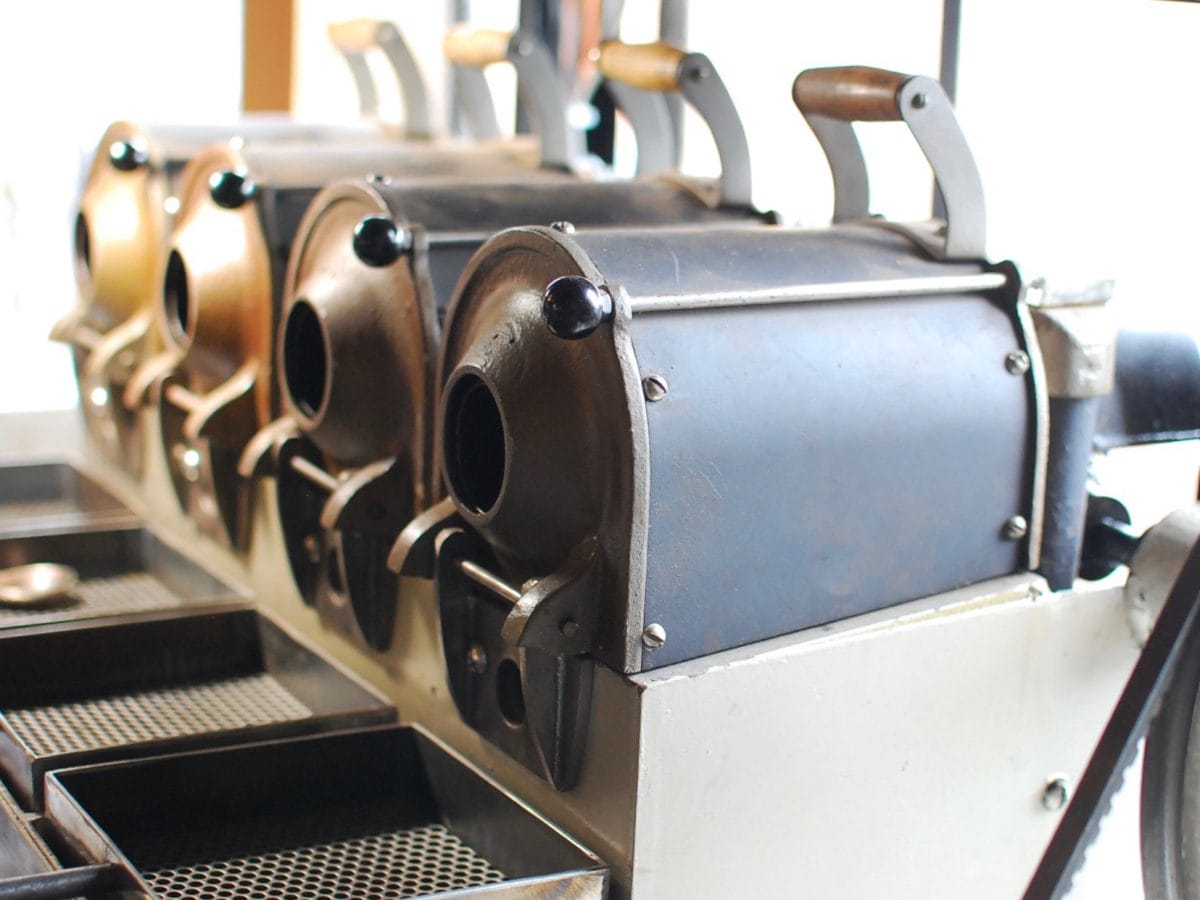
Considering what you’ve learned through the Four Barrel process, how will your new coffee bar differ, and why did you not want that to be a Four Barrel?
That’s a big question. That’s good. The way I want to grow Four Barrel is not in the usual way. I’m looking at the business side of it being restaurant style, having different vibes, different food, different service, different location, different name. It works on a lot of levels for me, personally, because I feel conflicted about the branding and commercial side of what we do, cause Four Barrel’s so pure. Cause that was my training. I’ll probably start another company someday and repeat that over and over, because it works. It works on some level, but I think the customers, they’re adventurous, and they’ll come to a shitty area for a cup of coffee, and supported a business like this, where everybody thought it was crazy for doing it in this location. Those customers don’t like the heavily branded stuff. I would never put a Four Barrel in Union Square, for instance, or just a heavily trafficked area. I want to reserve the Four Barrel name for areas that are developing. Like if they’ll benefit from the name being there, that’s when I’ll use it…Maybe two years ago, three years ago, maybe Divis[adero] would have benefited from it, but it’s already on that trajectory. I was a little late to catch on to that, just the timing of Four Barrel, but I would have loved to have done that maybe two years ago, and then I probably would have called it Four Barrel. As it is, I wasn’t ready to expand at that point, and it’s already on its way, so it doesn’t really need me, and the neighborhood already wanted a bakery, so that’s why I collaborated with Josey Baker, the bread maker, who’s a really good friend of mine as well. I wanted to give him the space and it just made perfect sense that we share the space together. So it’s really more of a true collaboration. I just wanted to call it something different as well, and it’s got totally different design, different feel about it.
In terms of what you’re actually offering people to drink, is that different too?
Well, that will be somewhat the same. We’re probably going to have a tea this time, one tea, a very specific, proper service of it…And we’re going to do a Fetco brewer, which is sort of going against the industry, that direction of one cup at a time thing…If you do it right – and you can program in all the parameters – you can program the pre-wetting, different temperatures. Everything is really programmable. It makes a really amazing cup of coffee, two gallons at a time, and doesn’t take somebody sitting there pouring it the whole time. I want to bring back the idea – even though we still do it here – I want to bring back the idea of the $2 cup of coffee, even though it might not serve the industry overall very well, it’s in response to other people going crazy with their prices.
It seems like a lot of people have different views about assigning value to coffee. It seems like some people are charging $7, $8 a cup…
…because they can. You know what’s funny? Now, the ones starting off with those high prices – I know a company that started off with $4 to $6 coffees, and they started off 50 cents more for espresso drinks for us – and I thought, well, at least that’s somewhat reasonable. And they opened their doors and maybe six months into it, raised their espresso prices too because they weren’t profitable. That’s what we were talking about before. A lot of these big older companies as well as these smaller companies, they should probably figure out their profitability before they go crazy with their prices. It’s irresponsible.
Before they open?
Yeah, before they open. I just think it’s irresponsible for everybody in the supply. If you can’t make a profitable $2 cup of coffee, you shouldn’t be in the coffee business at a place like this. It’s ridiculous, because it’s so easy to make.
What’s the name of your new coffeehouse/bakery?
Right now we’re tossing a few different names around, because this is a collaboration. We’ve got a few other shops, I know what the names are going to be when we get the location nailed down.
So you have other coffeehouses in the works?
Yeah. This year will be expansion mode, so there will be a lot more.
All in San Francisco?
All in San Francisco. The Mill, probably, is what it will end up being, because we have a flour mill in there as well. We didn’t want to give that one a heavily branded name, because we already have two brands inside, when you walk in. It will be like Josey baking bread, but you’ll also see Four Barrel coffee. I want it to feel like one cohesive thought.
What will it take to make the San Francisco coffee culture great, if it isn’t already?
Oh it is already. It’s still getting there. We’ve found a lot of success in our wholesale, which is great. We probably have 120 accounts in this city alone, which is awesome. That’s what it’s going to take, more businesses opening and being profitable and more available coffee in the area. It’s funny because everybody is nervous at Four Barrel, or my customers even, when a new coffeehouse opens on Valencia and is one of our competitors. I used to feel this way, deep down, secretly, “What’s going to happen to my business?” It never slows down. It only gets busier. You bring more people to the area, eventually what happens is they’ll pick and choose which one’s the best one. That’s competition. That’s what makes you better.
Describe a typical coffee consumption day for you, from the moment you wake up.
The moment I wake up, on a weekday, I usually wake up pretty early, and I shower and I come into work. I don’t have coffee at home during the weekdays, cause I’ve just gotten into that routine. Since I was young, since I got into coffee, I’ve always had espresso machines around me. I didn’t have one in my house, just because I didn’t need to. I’ve got a $5000 machine where I work. I’ll be there in 10 minutes. I usually just come in. I don’t have a routine, I would say. I like to check out the different processes, so most of the time I walk in, I’ll get a pourover, but that changes all the time, depending on what I want to try out that day. Or I’ll get an espresso up there. Or I’ll check out the Friendo Blendo and see what’s going on with that, or have one of the baristas make me a small Americano. Or sometimes if I walk in and it’s super early, I’ll just walk behind the bar and grab a cup of French press. It’s already there and ready to go. It changes. I don’t have a routine for coffee, which is nice.
What’s your preferred brewing method at home?
Hario, or Aeropress.
And if you could only drink one more shot of espresso, who would you let pull it for you?
Tom Owen, cause I know it would be funny. It would be a spectacle.
Actually, I want to go back on that question of what would make the SF coffee scene better. Customer service. I’ve spent a lot of time in the last year with our customer service. I think the coffee industry in general could use a lot of help in the customer service realm. We started out with a 10-page manifesto – and manifesto is the right word – after you read this, it’s pretty intense. It goes through theory of why you have a job here, and what a customer is, and obviously explains why the customer is important, which I think is lost on a lot of people. It’s pretty basic. If there’s nobody to buy our coffee, we’re not in business. It’s a pretty thorough manifesto. Now it’s 14 pages, single spaced.

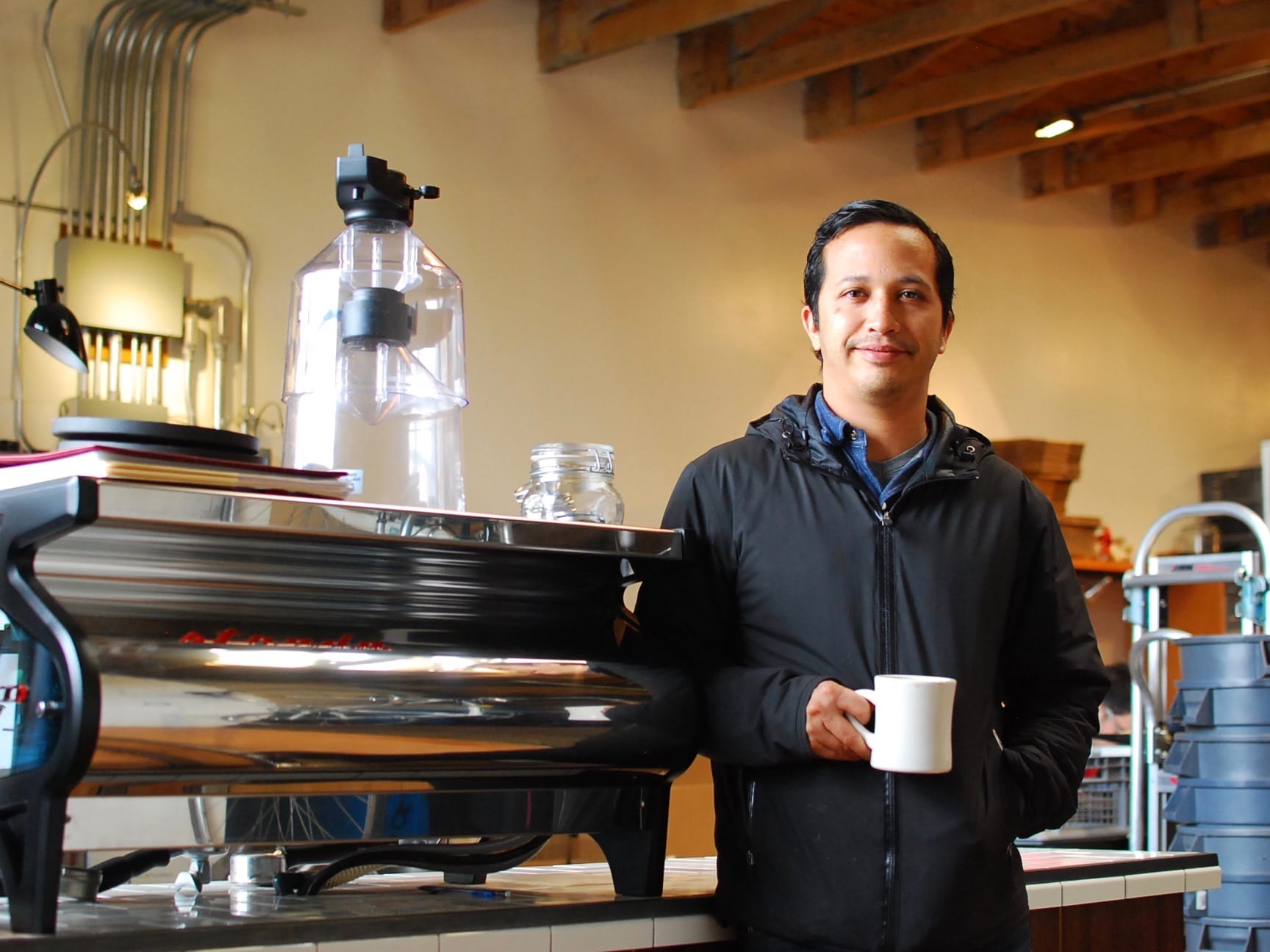
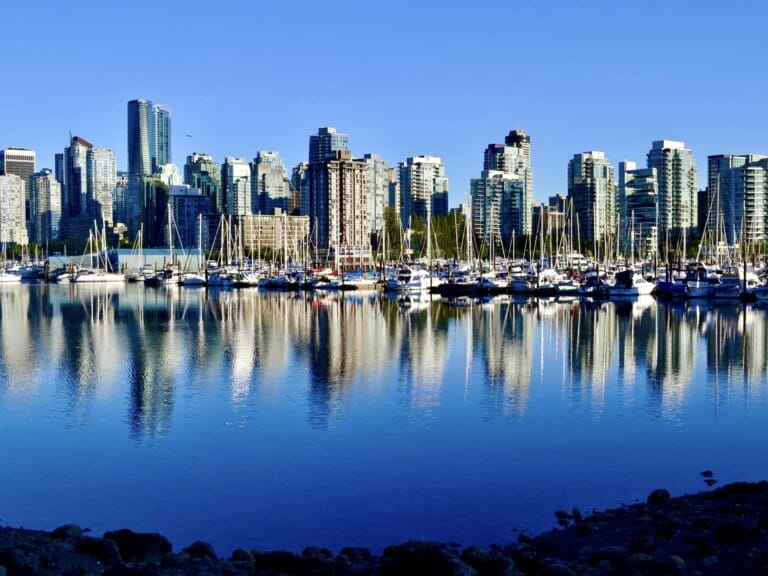
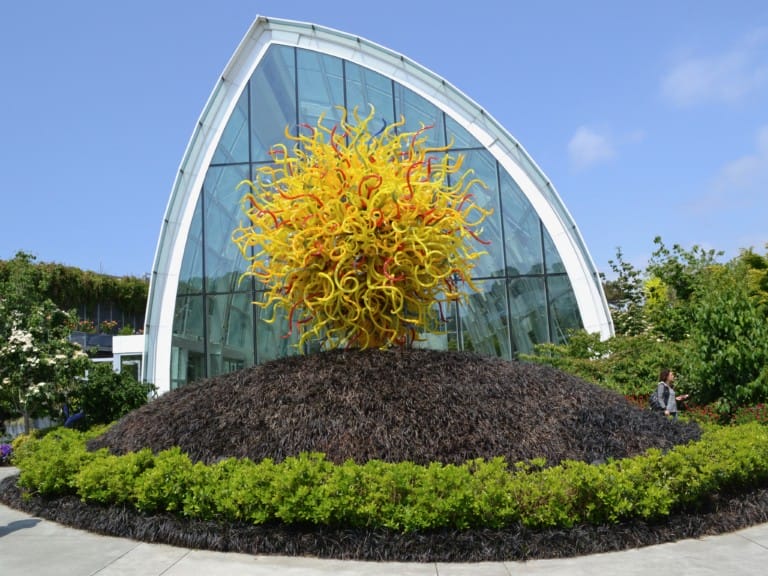
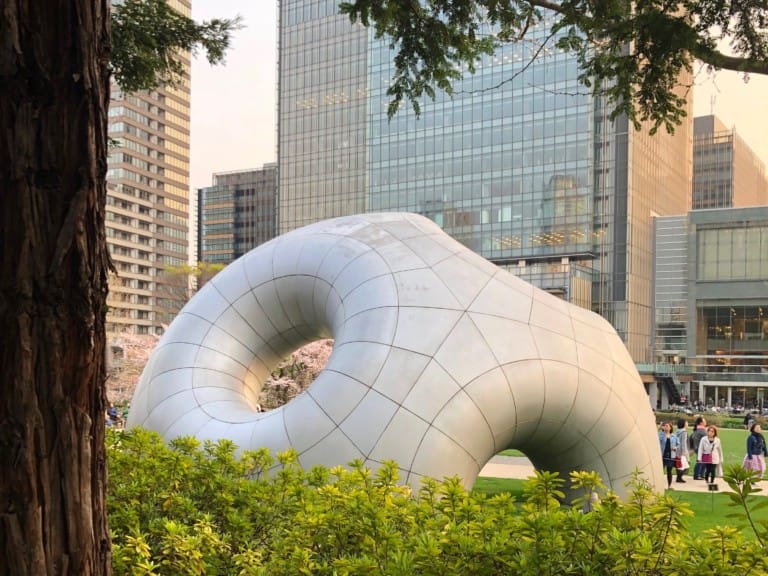




Leave a Comment